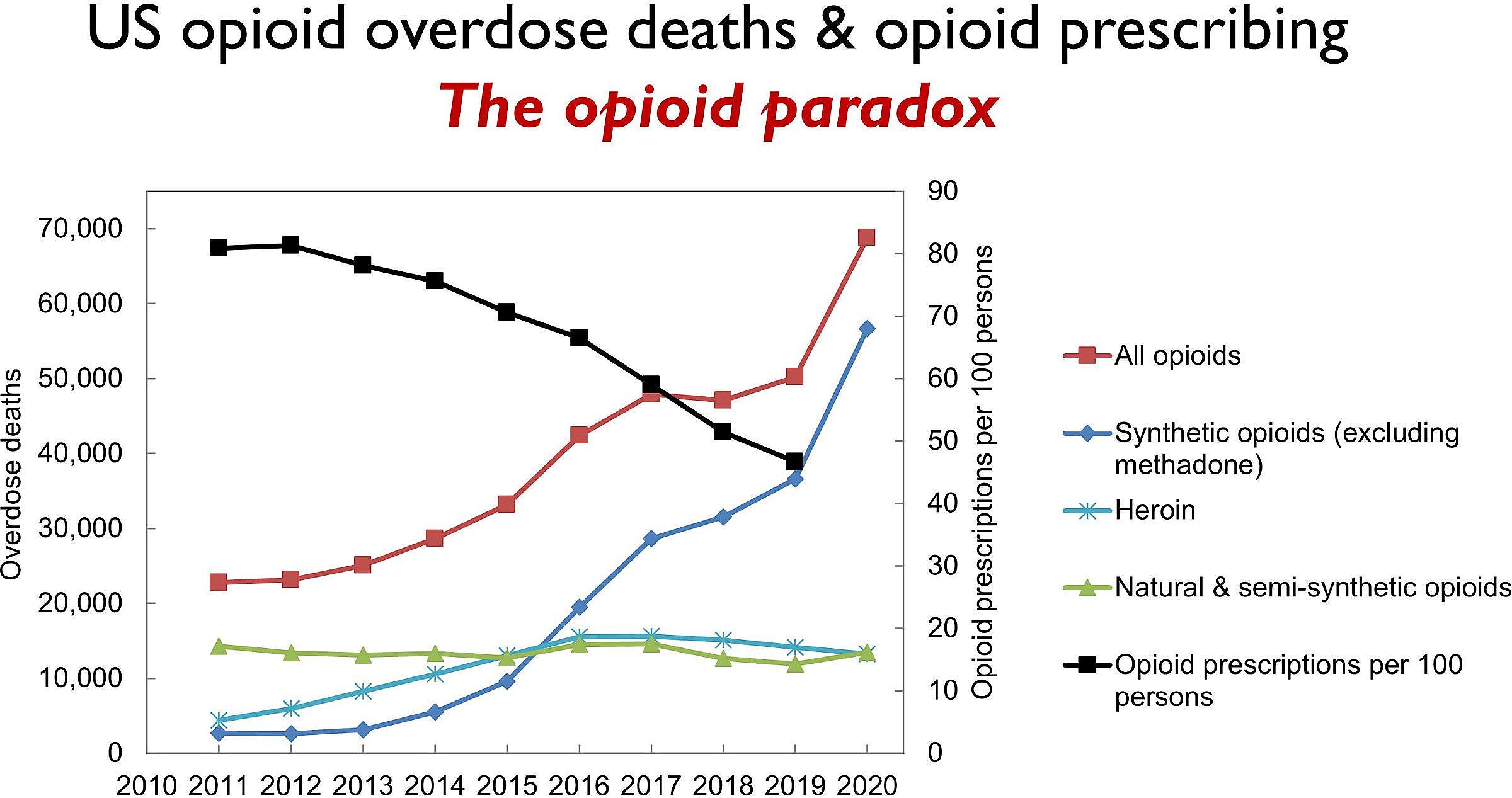Does Childhood Trauma Increase Risk for Opioid Misuse?
/By Pat Anson, PNN Editor
Did a parent humiliate or swear at you as a child? Were you ever molested? Did you live with a problem drinker or someone who went to prison? Were your parents ever separated or divorced?
Those are some of the questions posed to over 1,400 college students in a study by researchers at the University of Georgia, who wanted to assess the relationship between childhood trauma and the misuse of prescription opioids later in life.
Their research, recently published in the Journal of American College Health, found that most students had at least one adverse childhood experience (ACE). But those who reported four or more ACEs were almost three times more likely to misuse opioid medication.
Based on that finding, the researchers say healthcare providers should consider a patient’s experience with childhood trauma before prescribing them opioids.
“Our findings suggest need to include assessment of ACEs as a screening criterion for opioid prescription and administration among college-aged individuals,” wrote lead author Janani Thapa, PhD, an associate professor in UGA’s College of Public Health.
Many doctors already use screening tools to assess whether a patient is at risk for opioid misuse. They look up their prescription drug history, or ask patients if they’ve been sexually abused or have family members with a substance use disorder.
But Thapa and her colleagues think that assessment should go further, incorporating a wider range of childhood trauma, such as whether a patient didn’t have enough to eat or had to wear dirty clothes as a child.
“Prevention of opioid misuse demands careful consideration of the traumatic exposure of the patient,” they said. “Current opioid assessment measures, including patient or family interviews, and prescription monitoring, may need to incorporate patients’ traumatic history for proper chronic pain management and integrated care.”
Penalizing Patients
The use of opioid screening tools is controversial. Some patients resent being asked about their childhood trauma – which they see as irrelevant to their health problems and pain management as adults.
“I overcame my early life abuse until an ignorant doctor used that childhood abuse without psychiatric consultation to put labels on me and refuse medicine for pain,” one patient told us.
“Just because a patient may have been sexually abused or has family members who are addicts/alcoholics, does not mean the patient will be,” said another. “To penalize a person who is in excruciating pain due to no choice of their own, is cruel and inhumane.”
But a pain management expert says opioid screening tools have their place, because childhood trauma can have a lasting impact.
“Most studies have shown that 4 in 5 people with an Opioid Use Disorder have at least one ACE,” says Lynn Webster, MD, past president of the American Academy of Pain Management and a PNN contributor. “I consider ACEs a form of post-traumatic stress disorder. It affects emotion regulation, causing an inability to modulate distressing emotions in a healthy and adaptive way. ACEs create a maladaptive response to stress. The earlier in life the ACEs occur, the more effect they will have later in life.”
Over 20 years ago, Webster developed one of the first opioid screening tools for doctors, a short survey that asked patients if they had a history of substance abuse, sexual abuse, or any mental health issues. In his own practice, Webster found the survey helpful in identifying patients at risk of abusing opioids, but he later came to regret how the screening tool was “weaponized” against patients, particularly women, and used by other doctors as an excuse to deny patients opioids.
“The Opioid Risk Tool (ORT) incorporates pre-adolescent trauma to help identify females who were at greater risk of OUD from what I believe is a form of PTSD. If I were to develop the tool today, I would probably make it gender neutral, but the increased risks for females would remain,” Webster said in an email.
Webster agrees with the University of Georgia researchers that ACEs should be used to help assess whether a patient is at risk of abusing medication. But he says a high number of ACEs should not be used to avoid prescribing opioids to someone who has a medical need for them.






